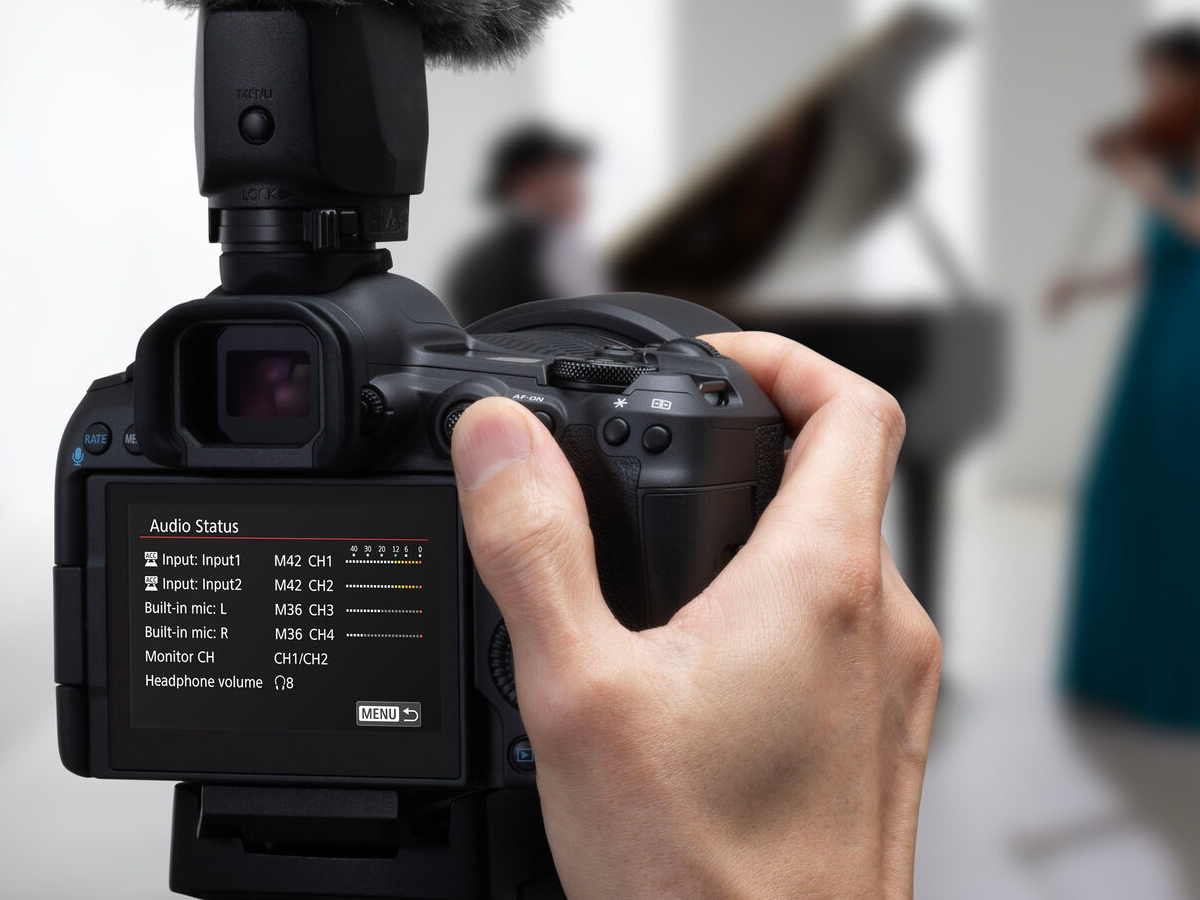
With all the hype leading up to the release of the Canon EOS R1, it’s no surprise that it got the lion’s share of attention when it was unveiled last week.
However, announced right alongside the R1 was the brand’s new EOS R5 II camera, which offers an extremely capable package of features at a much more reasonable price.
Specifically, if you want a real workhorse camera with a full package of pro features at a much more decent price, the R5 II is much more likely to be up your alley than the R1.
What’s more, I’d bet that this particular model is going to sell much more robustly among photographers and newcomers to Canon cameras than the R1, by a wide margin.
The reasons why are many but include the following crucial details about the R5 II:
A considerably lower price tag of $4,299 vs. the R1’s whopping $6,299 price tag.
Plenty of powerful performance specs and extremely fast overall shooting performance
A 45-megapixel 45MP Full-Frame Stacked BSI CMOS Sensor
8K 60 Raw/4K 60 SRAW/4K 120 10-Bit Video
Canon’s DIGIC Accelerator processing system
With the above specs and several others, it’s easy to see the appeal of the R5 II. In fact, when it comes to video recording, it outperforms the pricier EOS R1 and its sensor is, notably, quite a bit larger in terms of pixel count.
On the other hand, it lacks the Canon flagship camera’s DIGIC X processing system and R1’s extremely fast 40fps RAW+JPEG shooting speed for photos.
The EOS R5 II also lacks some of the other more advanced features found in the R1 such as its Improved Eye Control AF and its much sharper viewfinder.
These however are things anyone can easily do without unless they need absolutely top-shelf speed and focus performance such as that of the EOS R1. Even on these specs though, the R5 II is no slouch, far from it in fact.
Simply put, the R5 II is on balance nearly a superior camera to the R1 if you balance price, features and overall performance.
It’s also more versatile for a much broader range of photographic uses. The R1 owes a large part of its high price tag to how it’s being marketed to professional photojournalists and sports photographers as a top-end camera with incredible speed performance.
Aside from these characteristics though, it’s almost too expensive for what it offers and largely unnecessary for the vast majority of users who might want a bit of everything. For all photographic performance metrics except extreme speed, the R5 II performs just as well and with a more compact body.
Thus, if you want to create superb street photos, landscape shots, portrait shoots and travel shots, you can save yourself roughly $2,000 while getting nearly identical performance almost across the board with the EOS R5 II.
Even in terms of advanced features such as those found in the R1, the R5 II offers many of the same or very similar.
These include the DIGIC accelerator image processing, Eye Control AF (though not quite as good as that of the R1, supposedly) and even the In-camera upscaling that the EOS R1 offers for resizing and denoising JPEG images to 96-megapixel monsters.
This more affordable camera is also easier to use, more practical and unless you’re very specifically focused on extremely sharp, very fast-paced sports or nature photography, just as good overall. Its 45MP sensor is also wonderfully large, unlike that of the R1 in one of its most unusual let-downs.
As a genuinely powerful and relatively affordable all-around pro camera, the EOS R5 II is definitely worth having a look at. It’s now available as a preorder item for $4,299 and will start shipping as of late August.






